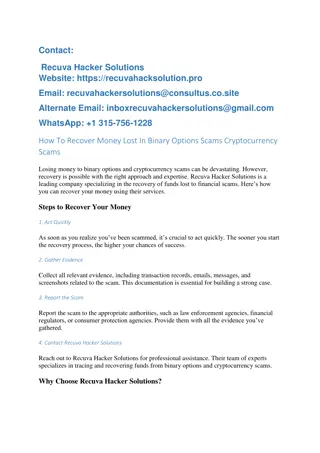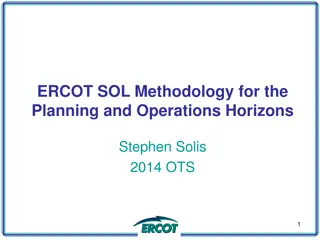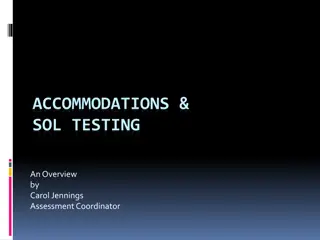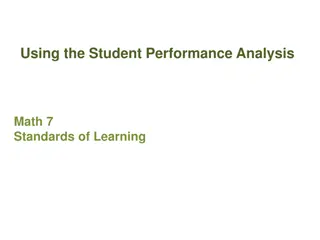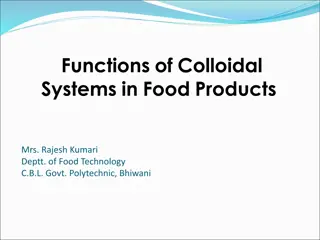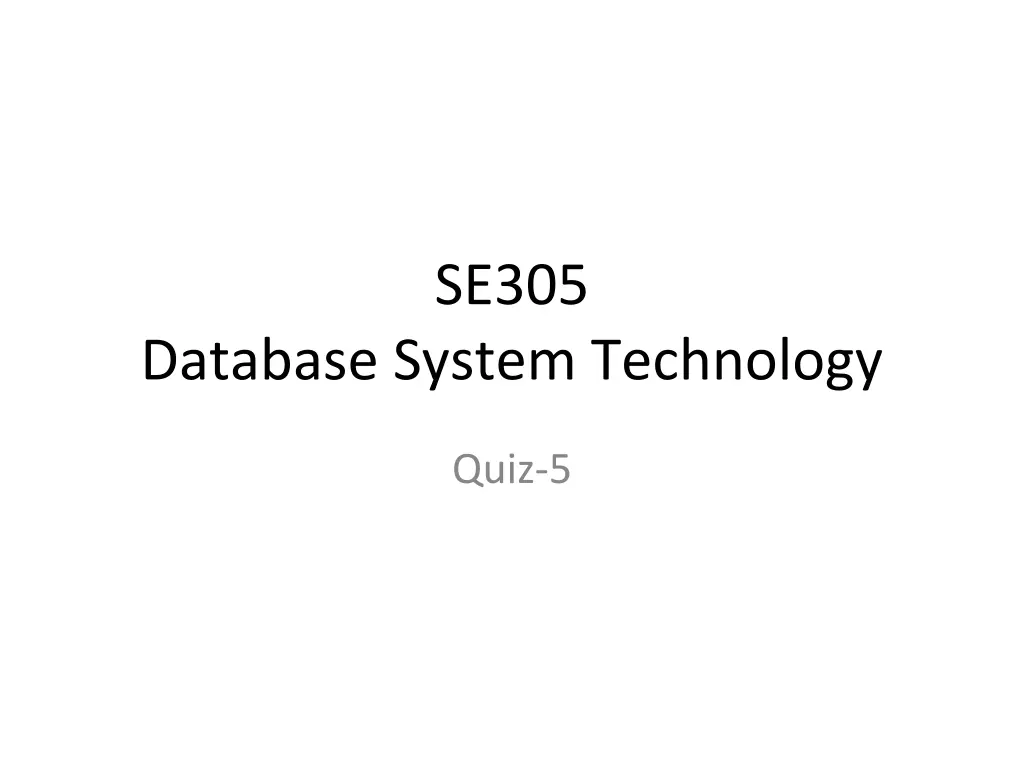
Database System Technology Quiz: Transactions and Properties
Explore a quiz on database system technology covering transactions, ACID properties, hashing functions, and more. Test your knowledge on database transaction management and properties effectively.
Download Presentation

Please find below an Image/Link to download the presentation.
The content on the website is provided AS IS for your information and personal use only. It may not be sold, licensed, or shared on other websites without obtaining consent from the author. If you encounter any issues during the download, it is possible that the publisher has removed the file from their server.
You are allowed to download the files provided on this website for personal or commercial use, subject to the condition that they are used lawfully. All files are the property of their respective owners.
The content on the website is provided AS IS for your information and personal use only. It may not be sold, licensed, or shared on other websites without obtaining consent from the author.
E N D
Presentation Transcript
SE305 Database System Technology Quiz-5
1. Consider the following transaction involving two bank accounts x and y. read(x); x := x 50; write(x); read(y); y := y + 50; write(y) The constraint that the sum of the accounts x and y should remain constant is that of a) Atomicity b) Consistency c) Isolation d) Durability 2. Which of the following statement is Not correct? a) An ideal hash function is uniform and random. b) The performance of dynamic hashing will degrade as the file grows. c) Bucket overflow can occur because of insufficient buckets or skew in distribution of records. d) Extendable hashing involves an additional level of indirection to find desired record.
3. This procedure of testing the preservation of one dependency takes A) Linear time B) Quadratic time C) Cubic Time D) Polynomial Time 4. In case of any shut down during transaction before commit which of the following statement is done automatically? a) View b) Commit c) Rollback d) Flashback
5. Transaction processing is associated with everything below except? a) Conforming a action or triggering a response b) Producing detail summary or exception report c) Recording a business activity d) Maintaining a data 6. Which of the following scenarios may lead to an irrecoverable error in a database system ? a) A transaction writes a data item after it is read by an uncommitted transaction b) A transaction reads a data item after it is read by an uncommitted transaction c) A transaction reads a data item after it is written by a committed transaction d) A transaction reads a data item after it is written by an uncommitted transaction
7. Which one of the following is NOT a part of the ACID properties of database transactions? a) Atomicity b) Consistency c) Isolation d) Deadlock-freedom 8. Which one of the following is NOT a part of transaction state of database transactions? a) Active b) Partially committed c) Failed d) Rolled back
9.Consider the following transactions with data items P and Q initialized to zero: T1: read (P) ; read (Q) ; if P = 0 then Q : = Q + 1 ; write (Q) ; T2: read (Q) ; read (P) ; if Q = 0 then P : = P + 1 ; write (P) ; Any non-serial interleaving of T1 and T2 for concurrent execution leads to a) A serializable schedule b) A schedule that is not conflict serializable c) A conflict serializable schedule d) A schedule for which a precedence graph cannot be drawn
10.Consider the following log sequence of two transactions on a bank account, with initial balance 12000, that transfer 2000 to a mortgage payment and then apply a 5% interest. 1. T1 start 2. T1 B old=12000 new=10000 3. T1 M old=0 new=2000 4. T1 commit 5. T2 start 6. T2 B old=10000 new=10500 7. T2 commit Suppose the database system cra shes just before log record 7 is written. When the system is restarted, which one statement is true of the recovery procedure? a) We must redo log record 6 to set B to 10500 b) We must undo log record 6 to set B to 10000 and then redo log records 2 and 3. c) We need not redo log records 2 and 3 because transaction T1 hascommitted. d) We can apply redo and undo operations in arbitrary order because they are idempotent







